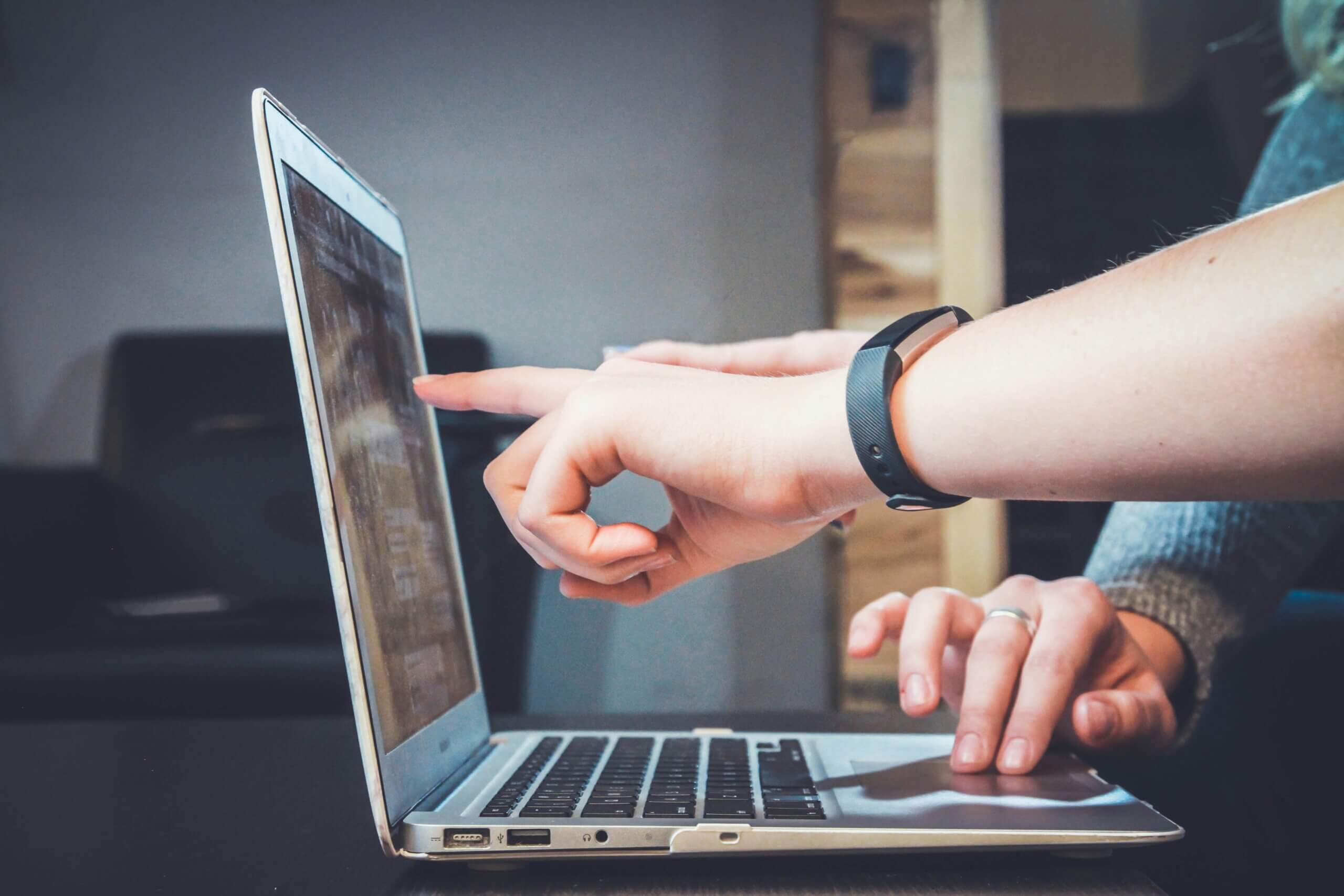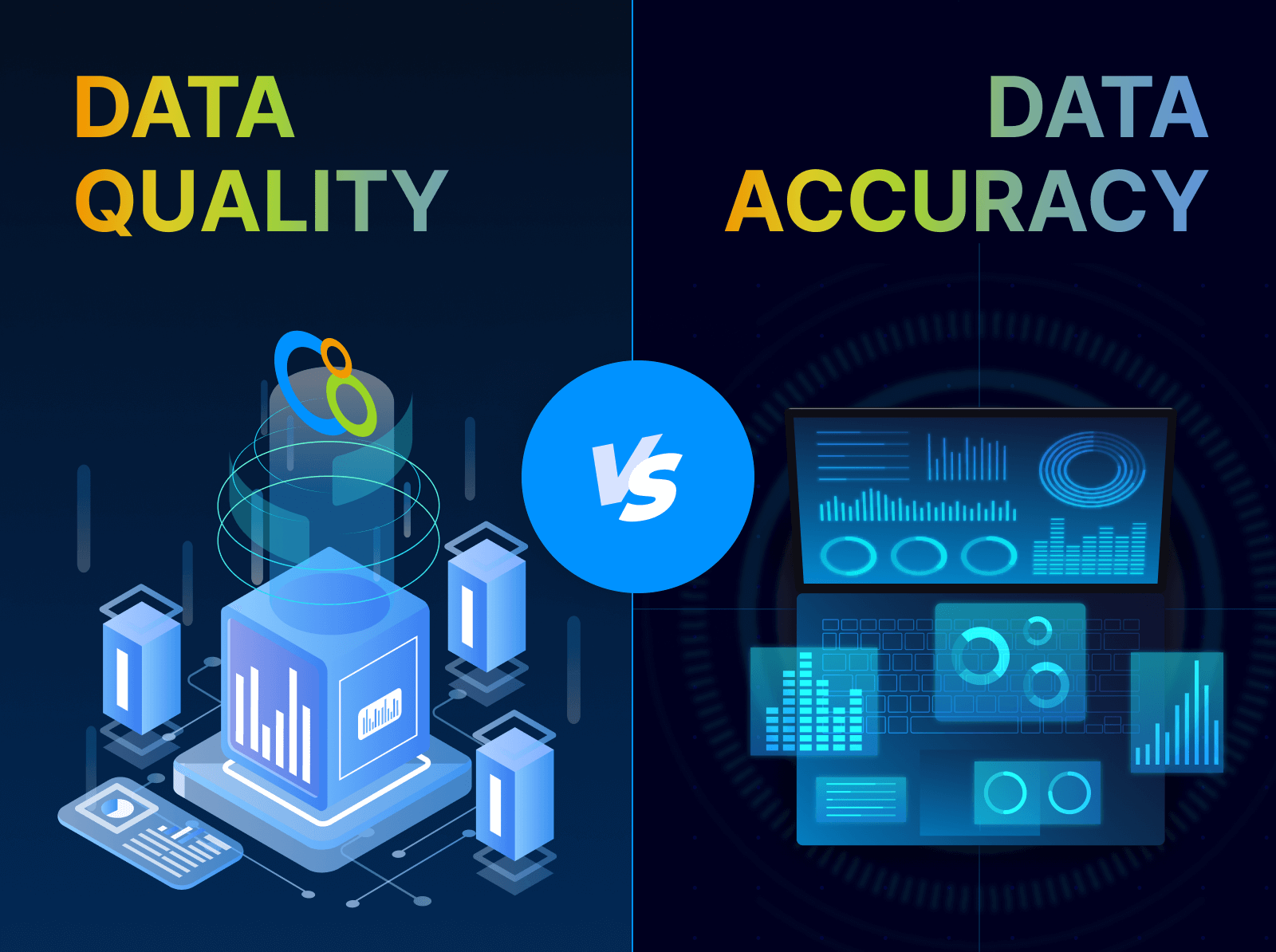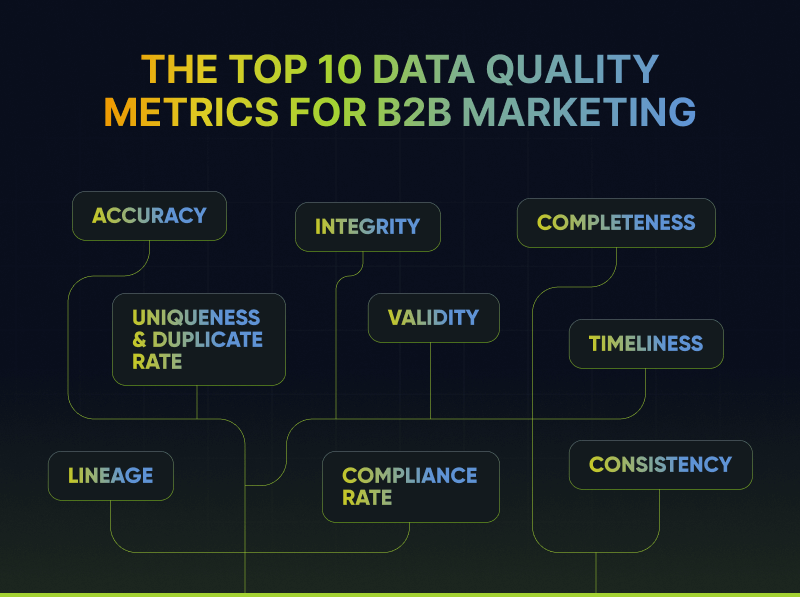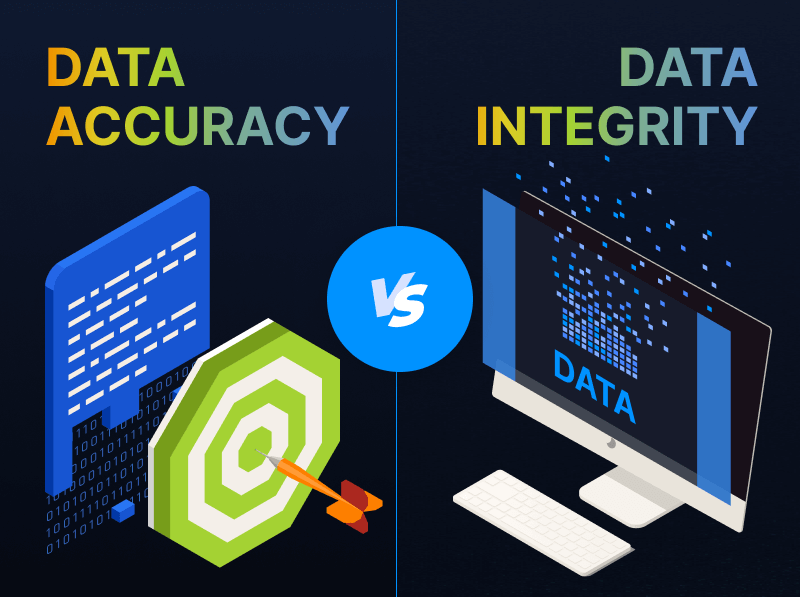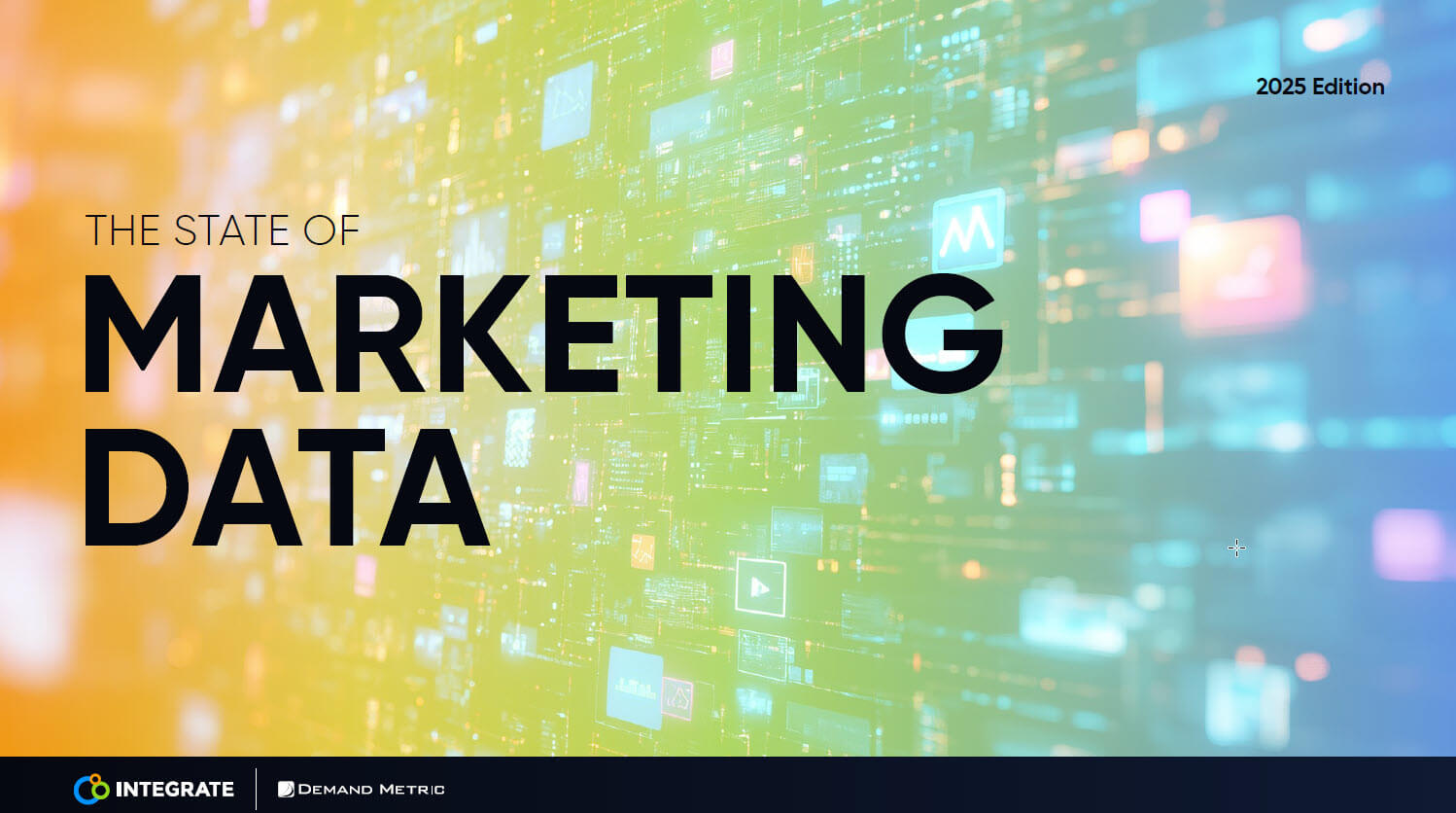Gartner Marketing Symposium/Xpo Insights: Marketing as the Chief Connection Officer
The last 18 months have been a continuously changing environment that has forced B2B marketers to reinvent and rethink how we do marketing. From how we structure our teams, to the jobs we do, to how we interact with our colleagues, partners, and customers, it’s clear that what worked pre-2020 isn’t what works today.
Last week’s Gartner Marketing Symposium/Xpo underscored this sentiment with its theme of “Connecting Through Resilience and Growth.” Gartner analysts noted that marketers have a new role to play, that of Chief Connection Officer. Marketers need to re-establish and fortify connections across employees, business partners, and customers to foster resilience and growth.
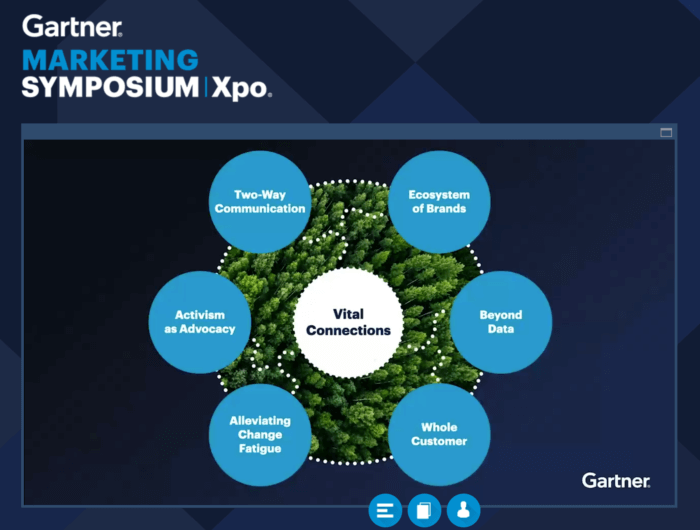
Building a Better Foundation with Employee Connections
Gartner noted in their opening keynote that today’s employees feel disconnected and fatigued. Gartner’s Consumer Behaviors and Attitudes Survey conducted last year found that 36% of employees had spoken out against their own employer over the past year. Marketing leaders need to help their employees feel more grounded, more in control, and part of something bigger. Employees need to have ready access to the tools they need to do their job. They need empowerment in a disempowering world.
These insights from Gartner align to what we’re seeing in the B2B marketing landscape. A marketing organization is only as good as its people. But the current reality is that we see marketers working in silos and fumbling their way through broken processes, fragmented technologies, and a misguided lead-centric focus. They’re burnt out and stretched to the breaking point.
Today, we have an opportunity to reinvigorate and redefine the marketing team’s dated org structure. We believe this starts with breaking down our silos and aligning across marketing functions to tenants of effective, omnichannel B2B marketing: Target, Activate, Connect, Measure, Govern. By mastering these core functions, today’s B2B marketers can start to build and retain high-performing, sustainable and flexible teams. These tenets are at the core of our buyer-driven, omnichannel Precision Demand Marketing approach, and will give marketers back the control and vision they need to thrive in today’s ever-changing world.
Bridging the Gap with Business Partner Connections
Cross-functional alignment has long been a challenge for marketing organizations, but it’s even more critical in today’s environment. Gartner reports that more than a third of digital marketers say that cross-functional alignment is their most difficult challenge. So, how can we ensure we build and maintain strong connections with business partners? Marketers need to shift their mindsets from “how can I meet my goals” to “how can we build and grow together.”
We discussed this topic further in a roundtable that we moderated at the Gartner conference on “Creating Demand at Scale: A Conversation on Precision Demand Marketing.” From our perspective, it’s not about a marketing contribution pipeline and a sales contribution pipeline – it’s one pipeline.
Leslie Alore, Global VP of Growth Marketing at Ivanti said at the roundtable, “The measure has to be how much pipeline are we creating, how much pipeline are we managing through the buying cycle, and what are all the things we’re doing collectively to get people in and to move people through.”
Further, in his presentation on “How to Execute a Buyer-First Digital Strategy with Precision,” Matt Mullin, Senior Director of Growth Marketing, Operations and Technology at Tenable noted that his team aims to work closely with sales in their choice of technology. “We’re trying to focus on technology that is going to be the most informative, heavily focused from the buyer point of view, but giving the sales team the most information they can.”
It’s important to consider the shared goals, the bigger picture, and the greater purpose. What are you trying to achieve and how can you collaborate with business partners across people, processes, and technology toward that common goal?
Truly Understanding the Customer with Two-Way Connections
Gartner also noted that B2B marketers have long conflated what we know about our customers with truly knowing our customers. In our quest to know our customers, we gathered a seemingly endless array of data and insights. But truly knowing our customers requires connections and two-way channels to our customers.
Leslie Alore touched on this further in our roundtable at the conference, where she said, “It’s a fallacy that we can manufacture demand. We can’t generate demand out of thin air. For the most part in the B2B world, what we’re doing is we’re showing up in someone’s buying moment. The only way to do that is by creating omnichannel experiences that are precise and feel bespoke. We have become accustomed to that in our consumer lives.”
To which, Stephanie Meyer, CMO at HSA Bank, said, “It’s B-to-human – we’ve got to quit thinking about it as B2B or B2C. At the end of the day, we’re all humans making decisions.”
We couldn’t agree more!
The Takeaway
Today’s marketing leaders need to support their employees and rewrite the rules of engagement with their talent, partners, and buyers. Marketing’s superpower is the ability to foster vital, bi-directional connections. We need to truly build two-way connections across our ecosystems and with our stakeholders. And we need to do so with shared purpose and precision toward our new B2B world.



